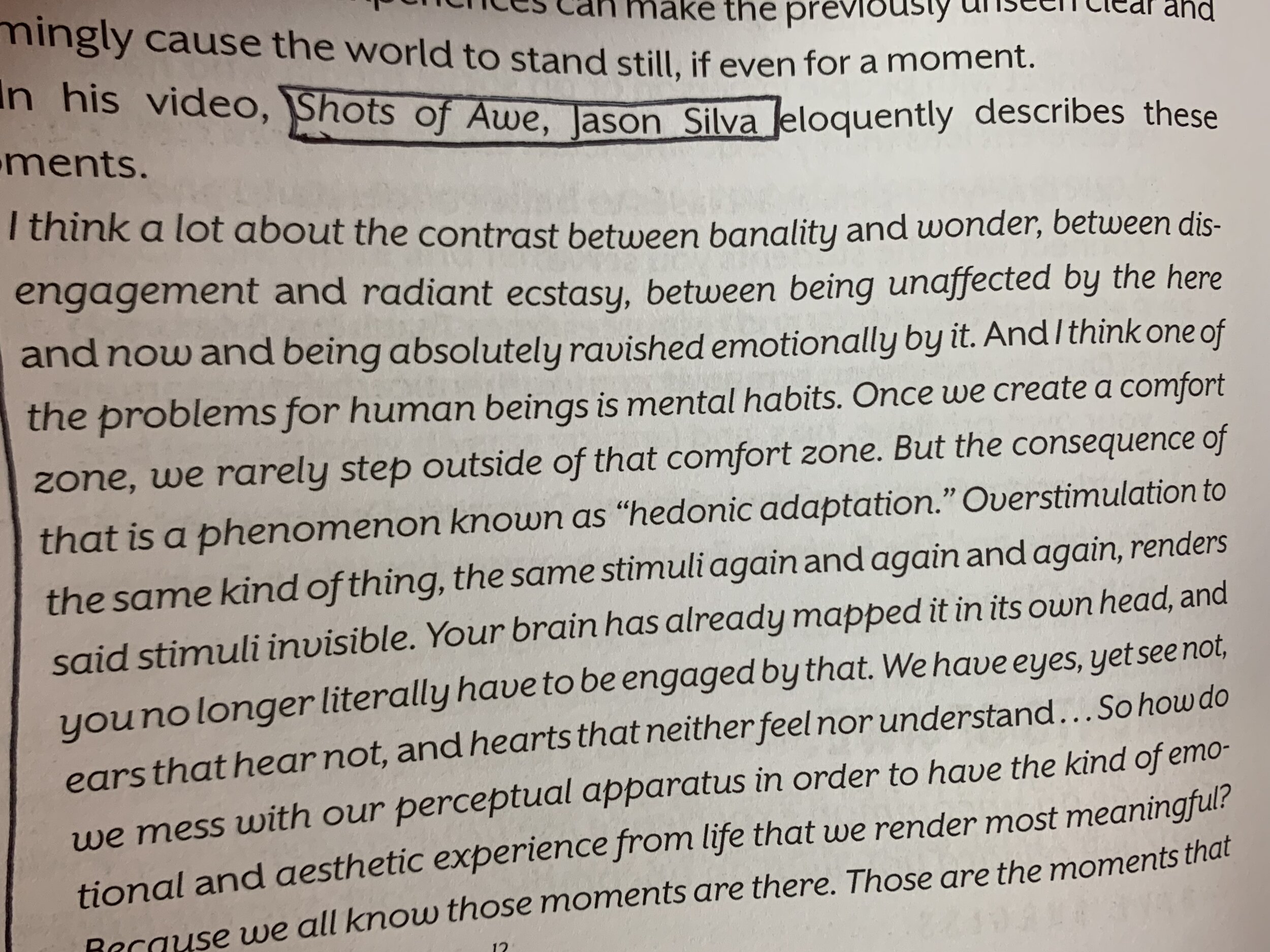The more appropriate title would be, “Lies my Textbook Told me.” Otherwise, holy shit!
“Critical thinking requires assembling data to back up one’s opinion. Otherwise students may falsely conclude that all opinions are somehow equal. Textbooks pose scores of questions like this. They don’t pose them seriously” (pg viii).
“When students are not asked to assess, but only to remember, they do not learn how to assess or how to think for themselves” (p. xiv).
“White Americans engaged in a new burst of racial violence during and immediately after Wilson’s presidency. The tone set by the administration was one cause. Another was the release of America’s first epic motion picture” (p. 21).
“We teach Keller as an ideal, not a real person, to inspire our young people to emulate her. Keller becomes a mythic figure, the ‘woman who overcame’ - but for what? There is no content! Just look what she accomplished, we’re exhorted - yet we haven’t a clue as to what that really was” (p. 26).
“As a subject for research, the possibility of African discovery of America has never been a tempting one for American historians. In a sense, we choose our own history, or more accurately, we select those vistas of history for our examinations which promise us the greatest satisfaction, and we have had little appetite to explore the possibility that our founding father was a black man” (p. 31).
“Cultures do not evolve in a vacuum; diffusion of ideas is perhaps the most important cause of cultural development. Contact with other cultures often triggers a cultural flowering” (p. 39).
“If textbooks allowed for controversy, they could show students which claims rest on strong evidence, which on softer ground. As they challenged students to make their own decisions as to what probably happened, they would also be introducing students to the various methods and forms of evidence - oral history, written records, cultural similarities, linguistic changes, human genetics, pottery, archaeological dating, plant migrations - that researchers use to derive knowledge about the distant past” (p. 41).
“The trust history of Thanksgiving reveals embarrassing facts. The Pilgrims did not introduce the tradition; Eastern Indians had observed autumnal harvest celebrations for centuries. Although George Washington did set aside days for national thanksgiving, our modern celebrations date back only to 1863. During the Civil War, when the Union needed all the patriotism that such an observance might muster, Abraham Lincoln proclaimed Thanksgiving a national holiday. The Pilgrims had nothing to do with it; not until the 1890s did they even get included in the tradition. For that matter, they were not commonly known as Pilgrims until the 1870s” (p. 90).
“The invaders also anticipated, correctly, that other Europeans would question the morality of their enterprise. They therefore [prepared] . . . quantities of propaganda to overpower their own countrymen’s scruples. The propaganda gradually took standard form as an ideology with conventional assumptions and semantics. We live with it still” (p. 93).
“We colonists took action to oppose unjust authority, as in the Boston Tea Party or the antirent against Dutch plantations in the Hudson River valley during the 1840s, they chose to dress as American Indians, not to blame Indians for the demonstration but to appropriate a symbol identified with liberty” (p. 111).
“Even terminology changed: until 1815 the word Americans head generally been used to refer to Native Americans; after 1815 it meant European Americans” (p. 123).
“No matter how thoroughly Native Americans acculturated, they could not succeed in white society. Whites would not let them” (p. 129).
“We must not forget {our history} - not to wallow in our wrongdoing, but to understand and to learn, that we might not wreak harm again . . . history through red eyes offers out children a deeper understanding than comes from encountering the past as a story of inevitable triumph by the good guys” (p. 134).
“Ideas are more important than battles” (p. 192).
Although a bit dense and longwinded at times, for the topic at hand, it probably needs to be.
Grade: A
For more on . . .
-N- Stuff : Books : Reading Log





